36th Field Artillery Group
______________________________________
36th Field Artillery Group 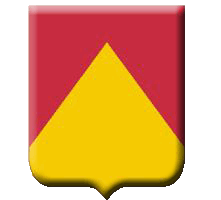 The Commanders  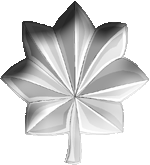 COL.Paul R.Weyrauch 30 August 1950 - 13 April 1952 Lt. Col. Cornelius A. Murphy 14 April 1952 - 21 April 1952 COL. Robert N. Tyson 21 April 1952 - 21 April 1953 COL. William R. Calhoun 20 August 1953 - 20 August 1954 COL. Clyde L. Jones 21 August 1954 - 20 September 1955 COL. William H. Allen, Jr. 21 September 1955 - 31 January 1957 COL. George C O'Connor 1 February 1957 - 19 May 1958 COL. Lyman H.Ripley 19 May 1958 - 6 July 1959 COL. John F. Freund 6 July 1959 - 13 July 1960 COL. Thomas St. John Arnold 13 July 1960 - 10 February 1962 COL. George P. Curtin 10 February 1962 - 1 June 1963 LTC. Robert E. Cleveland 1 June 1963 - 8 August 1963 Col. Albert E. Hunter 9 August 1963 - 15 August 1964 COL. Thurman Irving 15 August 1964 - 19 August 1965 COL. Jelks H. Cabaniss, Jr. 19 August 1965 - 15 July 1966 COL.Leslie B. Hardy 15 July 1966 - 1968 COL. B. J. Carroll 1968 - January 1969 COL.Donald R.Keith January 1969 - July 1970 COL. Morgan J. Cronin July 1970 - January 1972 COL.Charles Morrow January 1972 - July 1973 |
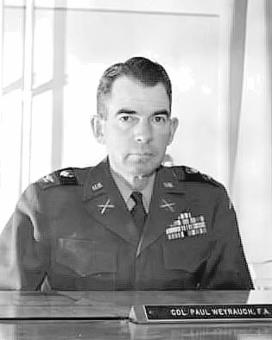
COL.Paul R.Weyrauch
30 August 1950 - 13 April 1952
(click here to read Biography)
__________________________
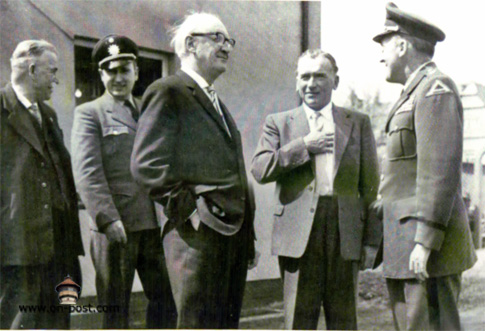
©HGV Babenhausen
COL. John F. Freund
6 July 1959 - 13 July 1960
Col Freund meets with Schaafheim and Babenhausen officials,sometime late 1959.
_____________

COL. William R. Calhoun
20 August 1953 - 20 August 1954
Click here to read the 1954 Biography
__________________________________
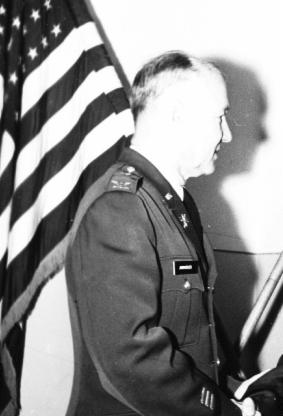 COL. Thomas St. John Arnold 13 July 1960 - 10 February 1962 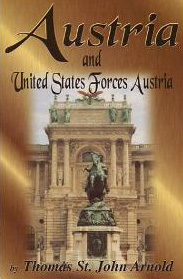 This book is available at Amazon.com # ISBN-10: 0897452526 # ISBN-13: 978-0897452526 _________________________ About the Author Colonel Thomas St. John Arnold (Ret.) graduated from Virginia Military Institute (1935) and entered the U.S. Army. From 1944 to 1945 he served as the Plans and Operations Officer for the 92nd Division in Italy, and from 1945 to 1946 as Commander, 337th Field Artillery Battalion, 88th Division, on the Morgan Line between Italy and Yugoslavia. After the war, from 1947 to 1950, he served as Chief of the Organization, Movement and Operations Branch of the G-3 Section of Headquarters, United States Forces Austria (USFA). From 1952 to 1954, he organized and coordinated the Office of the Chief of Army Field Forces (OCAFF) inspection team of some 30 officers to determine the state of training and operational readiness of the European Command (EUCOM) and USFA. Colonel Arnold commanded the 36th Artillery Group from 1960 to 1962, with headquarters in Babenhausen, Germany, as well as missile, gun, and howitzer Artillery battalions in Germany, and a NATO mission providing nuclear support to the 1st Belgian Army Corps, 2nd French Army Corps, 3rd German Corps, and the 3rd U.S. Army Corps. He was a Special Assistant to the Joint Chiefs of Staff for Arms Control and Disarmament and a member of the U.S. Delegation to the Geneva Eighteen Nation Conference from 1964 to 1967, when he retired. Colonel Arnold's postgraduate work includes the Field Artillery School (Weapons Systems 1941), Command and General Staff College (Staff and Command 1944), Army Artillery School (Technical Management 1951), and Naval War College (National Strategy 1960). In addition to the Order of the British Empire, he holds the Silver Star, Legion of Merit, Bronze Star (twice), and Cross of Merit in War (Italian). Colonel Thomas St. John Arnold (Ret.) graduated from Virginia Military Institute (1935) and entered the U.S. Army. From 1944 to 1945 he served as the Plans and Operations Officer for the 92nd Division in Italy, and from 1945 to 1946 as Commander, 337th Field Artillery Battalion, 88th Division, on the Morgan Line between Italy and Yugoslavia. After the war, from 1947 to 1950, he served as Chief of the Organization, Movement and Operations Branch of the G-3 Section of Headquarters, United States Forces Austria (USFA). From 1952 to 1954, he organized and coordinated the Office of the Chief of Army Field Forces (OCAFF) inspection team of some 30 officers to determine the state of training and operational readiness of the European Command (EUCOM) and USFA. Colonel Arnold commanded the 36th Artillery Group from 1960 to 1962, with headquarters in Babenhausen, Germany, as well as missile, gun, and howitzer Artillery battalions in Germany, and a NATO mission providing nuclear support to the 1st Belgian Army Corps, 2nd French Army Corps, 3rd German Corps, and the 3rd U.S. Army Corps. He was a Special Assistant to the Joint Chiefs of Staff for Arms Control and Disarmament and a member of the U.S. Delegation to the Geneva Eighteen Nation Conference from 1964 to 1967, when he retired. Colonel Arnold's postgraduate work includes the Field Artillery School (Weapons Systems 1941), Command and General Staff College (Staff and Command 1944), Army Artillery School (Technical Management 1951), and Naval War College (National Strategy 1960). In addition to the Order of the British Empire, he holds the Silver Star, Legion of Merit, Bronze Star (twice), and Cross of Merit in War (Italian). |
__________________________
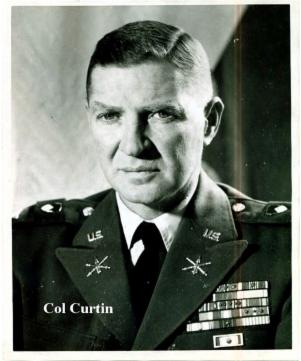
COL. George P. Curtin
10 February 1962 - 1 June 1963
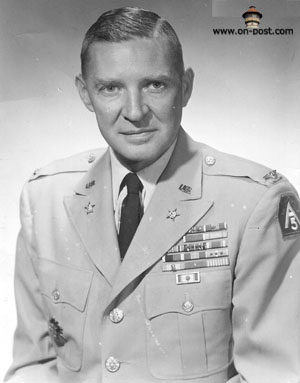
COL. George P. Curtin in 1959
History returns to Babenhausen
After 49 years, MG George P. Curtin returns the farwell wood plate he received from the Mayor of Babenhausen at his going away ceremony June 30 1963.
MG Curtin's wishes to share this part of Kaserne History with the Babenhausen Citizens.
The plate will find a honorable place in the Babenhausen HGV Museum.
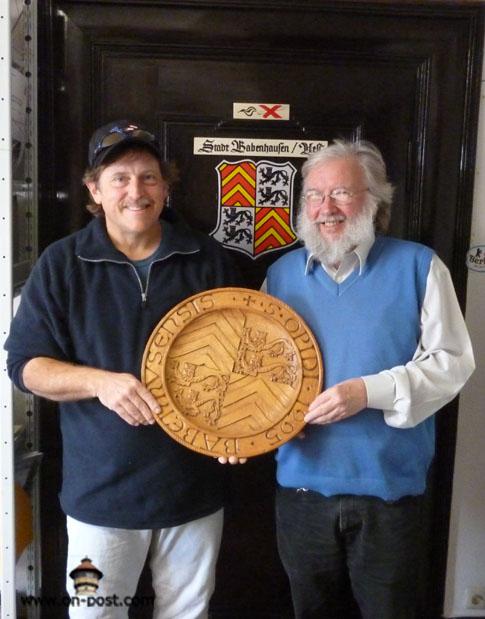
Special thanks to Babenhausen Veterans & Friends Director
Walter B. Duke Jr
The Farewell gift from the City of Babenhausen,
presented to Col Curtin in 1963.
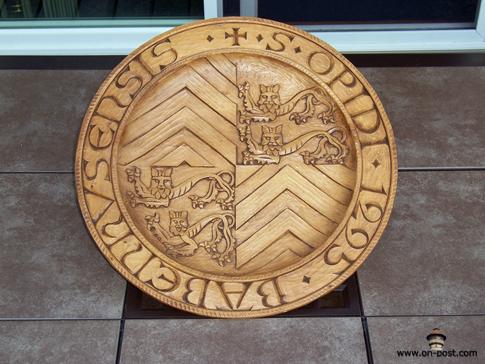
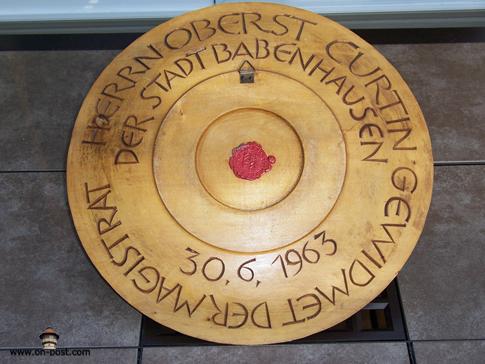
Col. Curtin in 1963
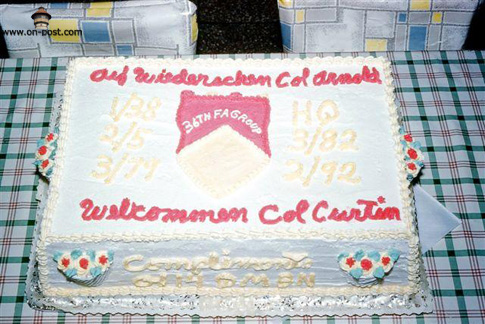
The ceremonial cake
Courtesy of the 14th QM Bn.
___________________________________
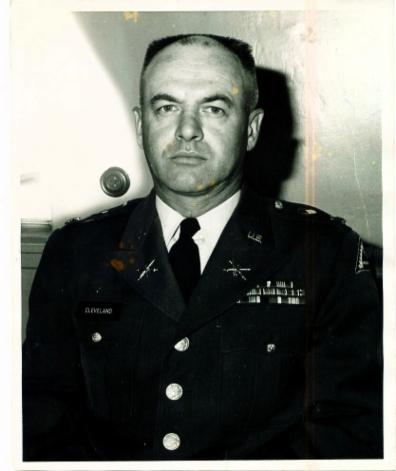
LTC. Robert E. Cleveland
1 June 1963 - 8 August 1963

9 August 1963 - 15 August 1964
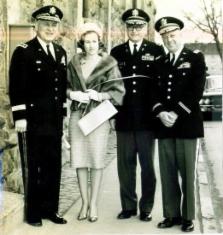
LTG Abrams CG V Corps, Nancy Hunter, V Corps Chaplain and COL Hunter
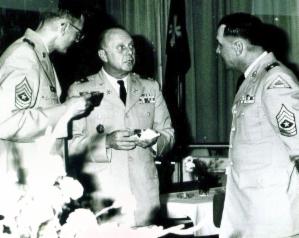
Fairwell party for the Hunters at the Babenhausen NCO club
S/MAJ Purol, Col Hunter and S/MAJ Bevis
- August 1964 -
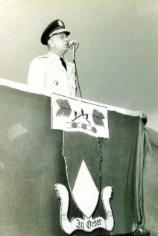
COL Hunter
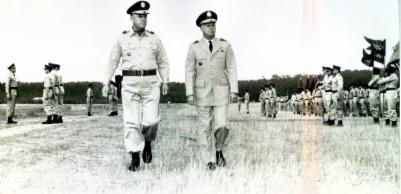
Change of Command
Trooping the line
LTC Herbert Lewis and Col. Albert Hunter,
outgoing Commander of the 36th Field Artillery Group
- August 10, 1964 -
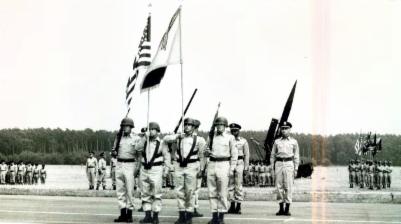
Change of Command
Color Guard
Babenhausen Airstrip
- August 10, 1964 -
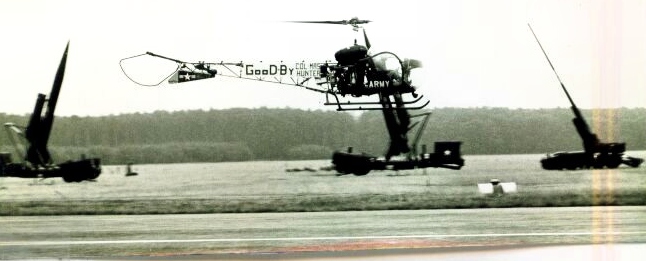
Change of Command
Flyby

Change of Command
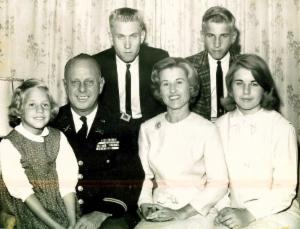
The Hunter Family
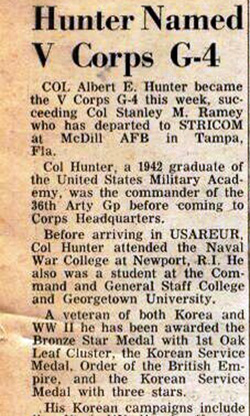
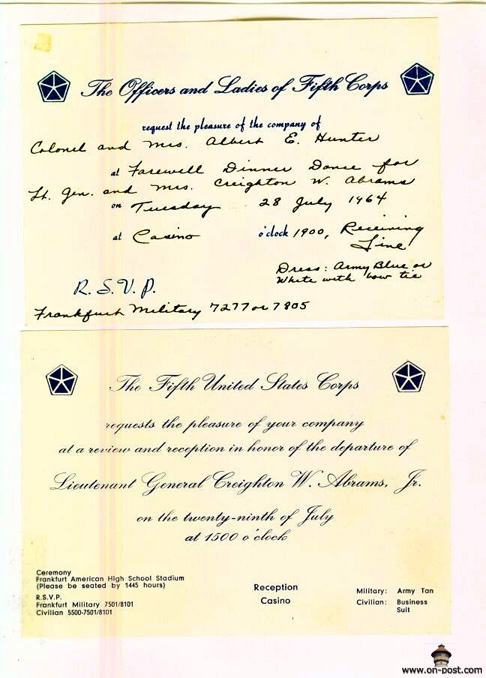
________________________________
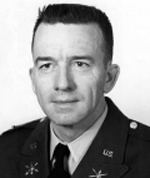
COL. Thurman Irving
15 August 1964 - 19 August 1965

_______________________________
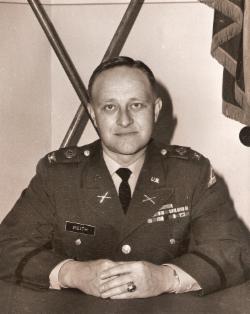
COL.Donald R.Keith
January 1969 - July 1970
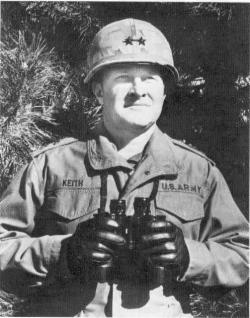
Major General
Donald R.Keith
1977
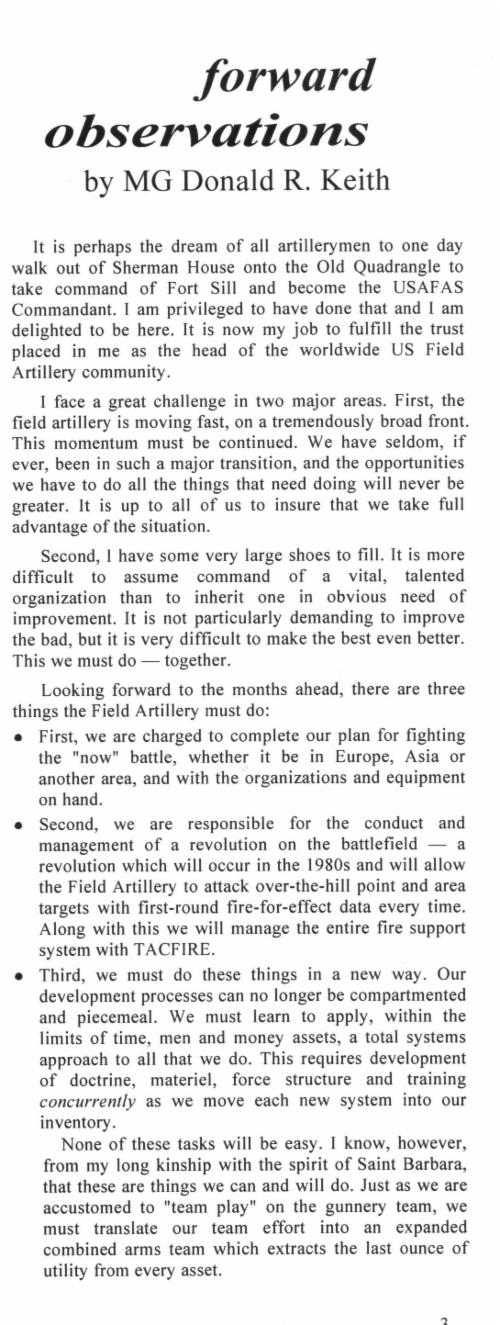
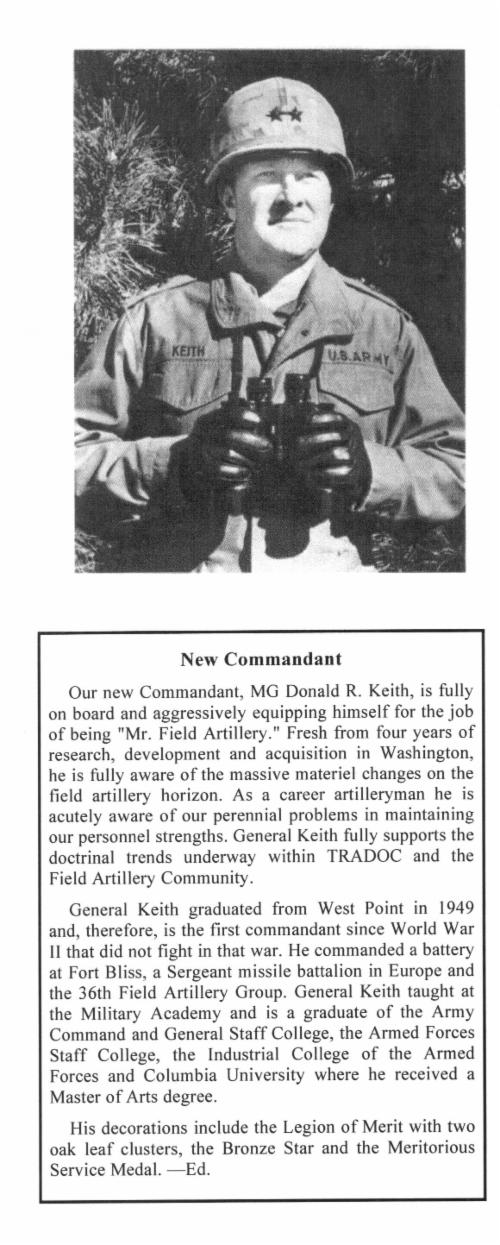
Source:
1977 January-February
Field Artillery Journal
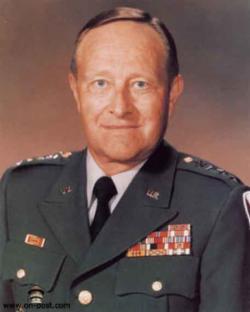
Lieutenant General
Donald R.Keith
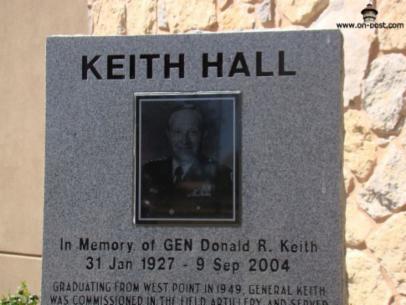 Keith HallIn Memory of GEN Donald R. Keith ____________________ Graduating from West Point in 1949, General Keith was commissioned in the Field Artillery and served in various battery and battalion positions in the 517th FA Battalion in Wetzlar, Germany, as Battery Commander of the 36th FA Group Headquarters and Headquarters Battery, Babenhausen, Germany, and as Battery Commander and S-3 in the 2nd Guided Missile Battlion (sic), White Sands, New Mexico. Later as A-Major, her served in either army operations in the Republic of Korea during the tense days of the Cuban Missile Crisis. General Keith commanded artillery units at all levels to include the 5th Battalion, 73D Field Artillery and the 36th Field Artillery Group, U.S. Army Europe, from 9 October 1976 to 21 October 1977, then Major General Keith served as the Chief of FA Commandant of the Field Artillery School and Commanding General of the Field Artillery Center. At Fort Sill during his tenure, the Multiple Launch Rocket System (MLRS) began development. As the Deputy Chief of Staff, Research, Development and Acquisition (DCSRDA), then Lieutenant General Keith transitioned the "Big Five" systems (M-1 Abrams, M-2 Bradley, Patiot, Apache, and Black Hawk) into production. Upon promotion to General, he assumed command of the Army Materiel Development and readiness command in Alexandria, Virginia. He retired with more than 35 years of faithful service to the nation. In retirement, he served on Army Science Boards, the West Point Association of Graduates Board of Directors, and as the Chairman of the Board of the United States Field Artillery Association. 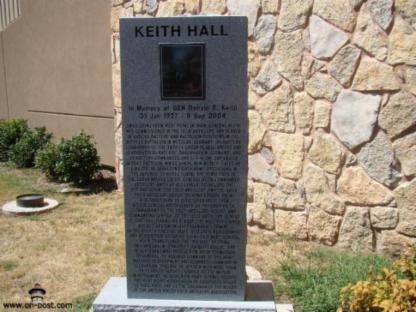 |
__________________________
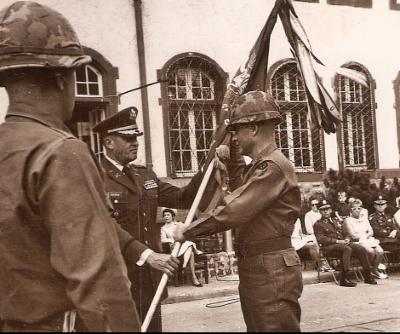
July 1970 - January 1972
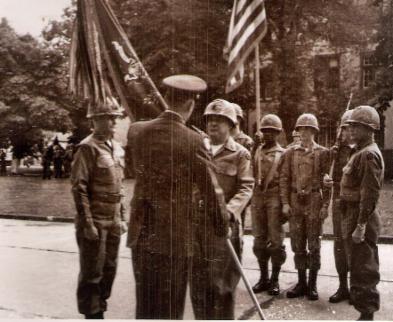
©Robert Austin
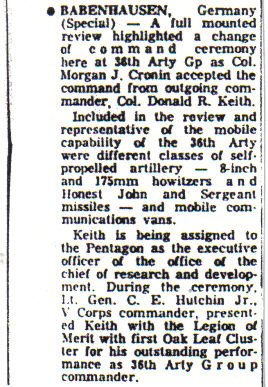
Used with permission from Stars and Stripes.
©1970,2013 Stars and Stripes.
___________________________________________________
Graphics, Articles and photos on this web site are posted by permission of their owners and are for viewing only. They are not for general distribution, nor for use on other websites, unless permitted by the web master or the original owner. If you find any files on this site that you believe are unauthorized, please contact the web master immediately so that the issue can be resolved.
___________________________________________________